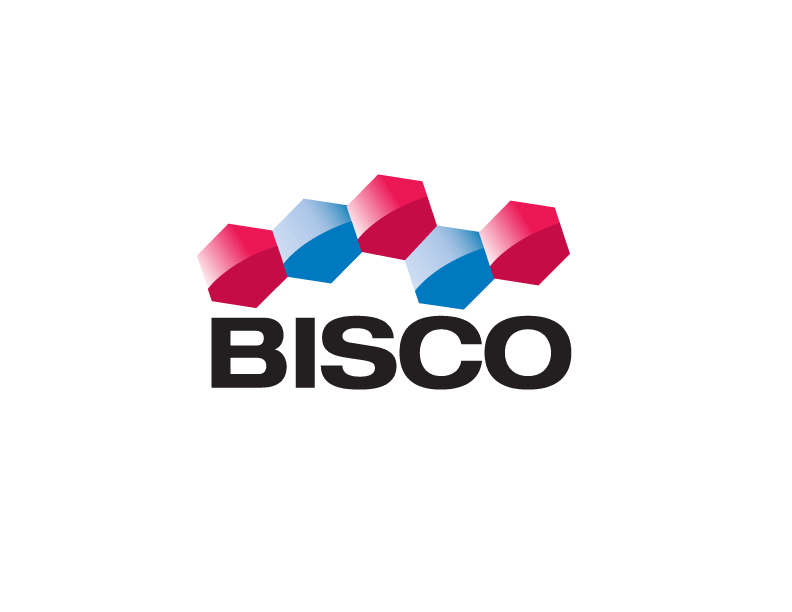
CLARENCE TAM

Dr. Clarence Tam is originally from Toronto,Canada, where she completed her Doctor of Dental Surgery and General Practice Residency in Pediatric Dentistry at the University of Western Ontario and the University of Toronto, respectively. Clarence’s practice has a focus on restorative and cosmetic dentistry, and she strives to provide consistently exceptional care with each patient. She is well-published in both the local and international dental press, writing articles, reviewing submissions, and developing prototype products and techniques in clinical dentistry. She frequently and continually lectures internationally. She is a graduate of the Kois Center in Seattle. She is the immediate past Chairperson and Director of the New Zealand Academy of Cosmetic Dentistry. She is one of merely two dentists in Australasia who are Board-Certified Accredited Members of the American Academy of Cosmetic Dentistry (AACD). Moreover, Clarence maintains Fellowship status with the International Academy for DentoFacial Esthetics. She sits on the Advisory Board for Dental Asia, and is part of the Restorative Advisory Panel for Henry Schein Dental New Zealand and an Honorary Assistant Professor in the Department of Restorative Dentistry, University of Hong Kong.
N E X T
LECTURE
NATURO-MELODIC: CREATING BIOMIMETIC HARMONY WITH MODERN SUPERCOMPOSITES
The difference between biomimetic and conventional dentistry relative to survivability goals is that the former focuses on precisely attempting to match restorative material strain with that of the missing or residual tooth structure. The latter focuses on the replacement of tooth structure with a focus on survivability of the restoration, as opposed to the tooth itself, and the physicomechanical properties of the tooth are superceded by a material that will perform well in function, using strategies that are not necessarily protective of the residual tooth structure. The routine use of rubber dam is encouraged whenever possible, but what does the research say about "easy to isolate" Class V NCCLs? How do we restore stiffness to tooth structure in a MOD situation, and what is better, composite or bonded ceramic? What is the order of preference of contact placement on a restored tooth relative to natural vs. restored surfaces. We will review the posterior layering technique developed with Hu-Friedy SkoolToolz instruments and review both intralobar and superficial staining techniques. How do we treat a hypomineralized lesion? What are the limits of remineralization and when should more aggressive approaches be considered? The survivability of the tooth depends not on the hardness of a given material or even that it is bonded, as now we wish to increase the fracture toughness of compromised teeth. How do we do this with modern materials? Review posterior and anterior layering protocols for invisible restorations.
OBJECTIVES: At the completion of the course, participants will be able to:
-
Learn what materials are best to replace enamel and dentin substrates in a restorative situation as well as how to prepare these for optimal shear bond strengths.
-
Learn what materials are best used to replace large volumes of missing tooth structure relative to residual fracture strength of the tooth.
-
Learn posterior composite layering techniques and the placement of tints to accentuate anatomy to create greater realism in the final product.
-
Learn the limits of various techniques in treating hypomineralization and will review a staged protocol for clinical success.
-
Learn how modern cloud-shaded supercomposite materials can help to minimize armamentaria whilst facilitating ease of efficiency in anterior restorations.


_JPG.jpg)
_JPG.jpg)



.png)
















